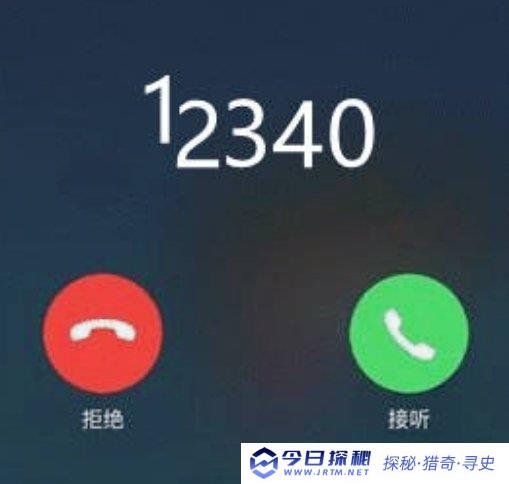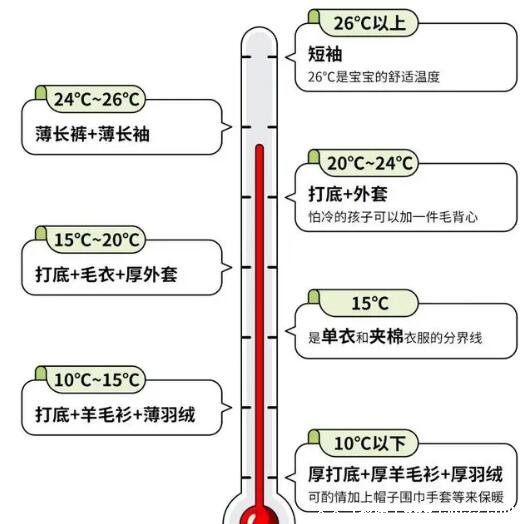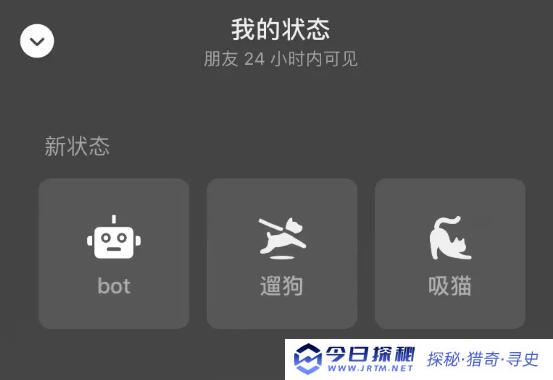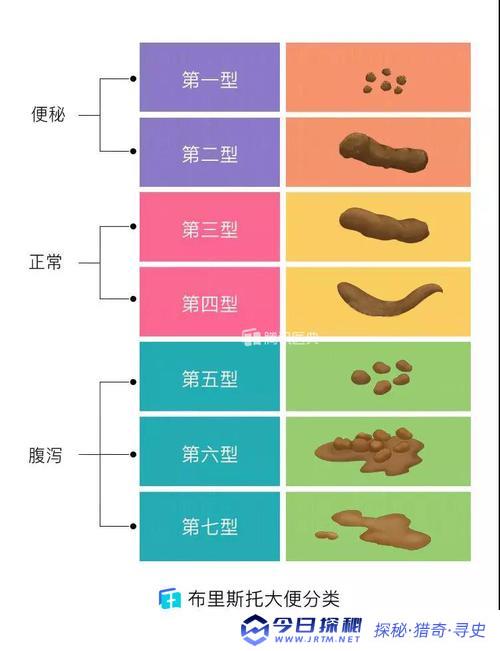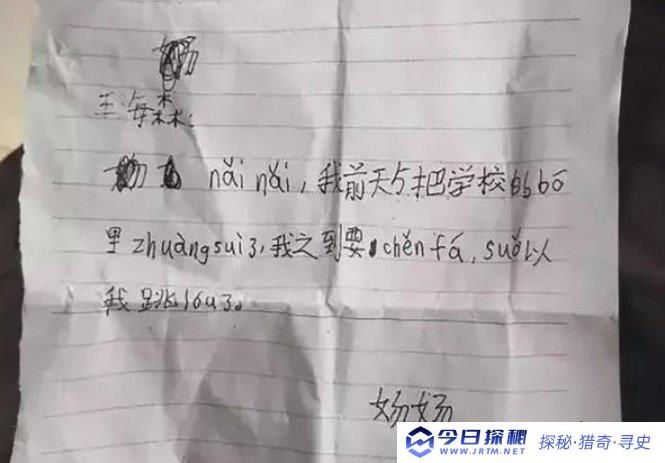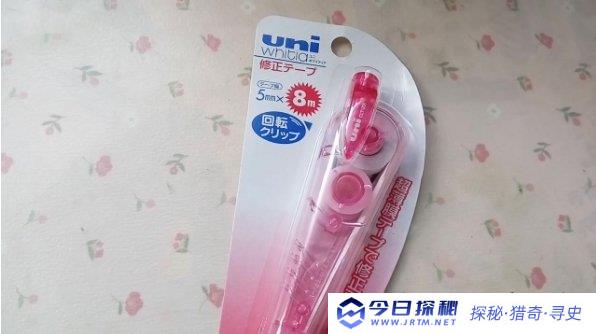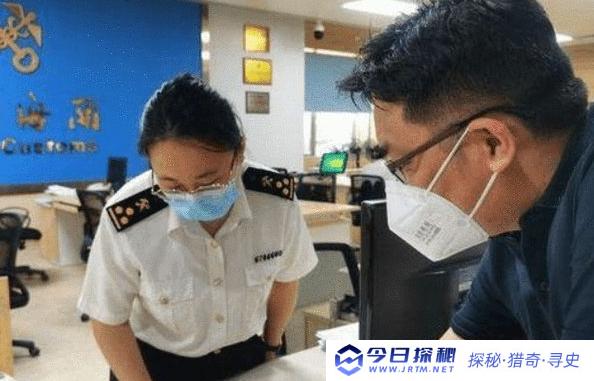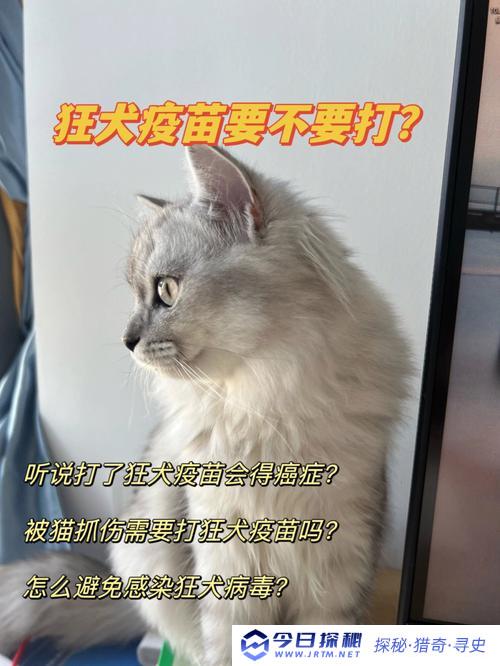
异常?崩溃?不是应该的吗?这….
看到这个问题是不是这样 ->
1、为什么发生Exception后应用会发生奔溃?
当我们的应用发生未捕获异常后程序会回调到Thread 的dispatchUncaughtException方法,如下:
//Thread.java
public final void dispatchUncaughtException(Throwable e) {
...省略部分代码
// END Android-added: uncaughtExceptionPreHandler for use by platform.
getUncaughtExceptionHandler().uncaughtException(this, e);
}
然后通过getUncaughtExceptionHandler去获取UncaughtExceptionHandler对象
//Thread.java
public UncaughtExceptionHandler getUncaughtExceptionHandler() {
return uncaughtExceptionHandler != null ? uncaughtExceptionHandler : group;
}
正常我们都没有设置UncaughtExceptionHandler,所有最后会将异常交给group(ThreadGroup)的uncaughtException进行处理,如下:
//ThreadGroup.java
public void uncaughtException(Thread t, Throwable e) {
if (parent != null) {
parent.uncaughtException(t, e);
} else {
Thread.UncaughtExceptionHandler ueh = Thread.getDefaultUncaughtExceptionHandler();
...省略部分代码
}
}
在uncaughtException中,父类不等于null,则交由父类处理,否则会通过Thread.getDefaultUncaughtExceptionHandler();获取一个默认的UncaughtExceptionHandler来处理这个异常。
//Thread.java
public static UncaughtExceptionHandler getDefaultUncaughtExceptionHandler(){
return defaultUncaughtExceptionHandler;
}
那么Thread类的defaultUncaughtExceptionHandler是什么时候被赋值的呢?
是在RuntimeInit类的入口函数main函数中的commonInit方法:
//RuntimeInit.java
public static final void main(String[] argv) {
...
commonInit();
...
}
//RuntimeInit.java
protected static final void commonInit() {
...
Thread.setDefaultUncaughtExceptionHandler(new KillApplicationHandler(loggingHandler));
...
}
这个给Thread的setDefaultUncaughtExceptionHandler设置了一个KillApplicationHandler的handler。KillApplicationHandler的uncaughtException方法如下:
//KillApplicationHandler.java
@Override
public void uncaughtException(Thread t, Throwable e) {
try {
// Bring up crash dialog, wait for it to be dismissed
ActivityManager.getService().handleApplicationCrash(
mApplicationObject, new ApplicationErrorReport.ParcelableCrashInfo(e));
} catch (Throwable t2) {
...
} finally {
// Try everything to make sure this process goes away.
Process.killProcess(Process.myPid());
System.exit(10);
}
}
在try代码块中调用了ActivityManagerService的handleApplicationCrash方法,在这里去写本地日志和弹出异常dialog。
最后在finally代码块中调用了Process.killProcess(Process.myPid()) 和 System.exit(10)杀掉进程。
至此,当应用发生未捕获异常崩溃时的流程就结束了。
上文中提到我们没有设置UncaughtExceptionHandler,其实现在很多应用也会设置通过setUncaughtExceptionHandler来设置UncaughtExceptionHandler。用于捕获异常,在回调里可以将异常日志进行整理,然后在合适的时机回传到服务器。
那么setUncaughtExceptionHandler和setDefaultUncaughtExceptionHandler有什么区别呢?
setUncaughtExceptionHandler:设置上文中的UncaughtExceptionHandler,只有当前线程生效。
setDefaultUncaughtExceptionHandler,设置defaultUncaughtExceptionHandler,对所有线程生效。
2、native_crash 崩溃怎么监控?
这里简单提下native的崩溃。
通过NativeCrashListener线程去监控。NativeCrashListener继承了Thread。
那么NativeCrashListener是什么时候开启监控的?
通过ActivityManagerService中的startObservingNativeCrashes方法开启监控。
具体逻辑:通过socket去监听文件描述符,之后进入阻塞状态,直到发生native异常,会向文件描述符中写入数据,此时,被唤醒,然后通过consumeNativeCrashData方法通过IO流去读取奔溃信息。在通过NativeCrashReport方法进行数据包装,包装为CrashInfo,然后又跳转到了ActivityManagerService中的handleApplicationCrashInner函数中进行处理。和上文中逻辑一样。
,


